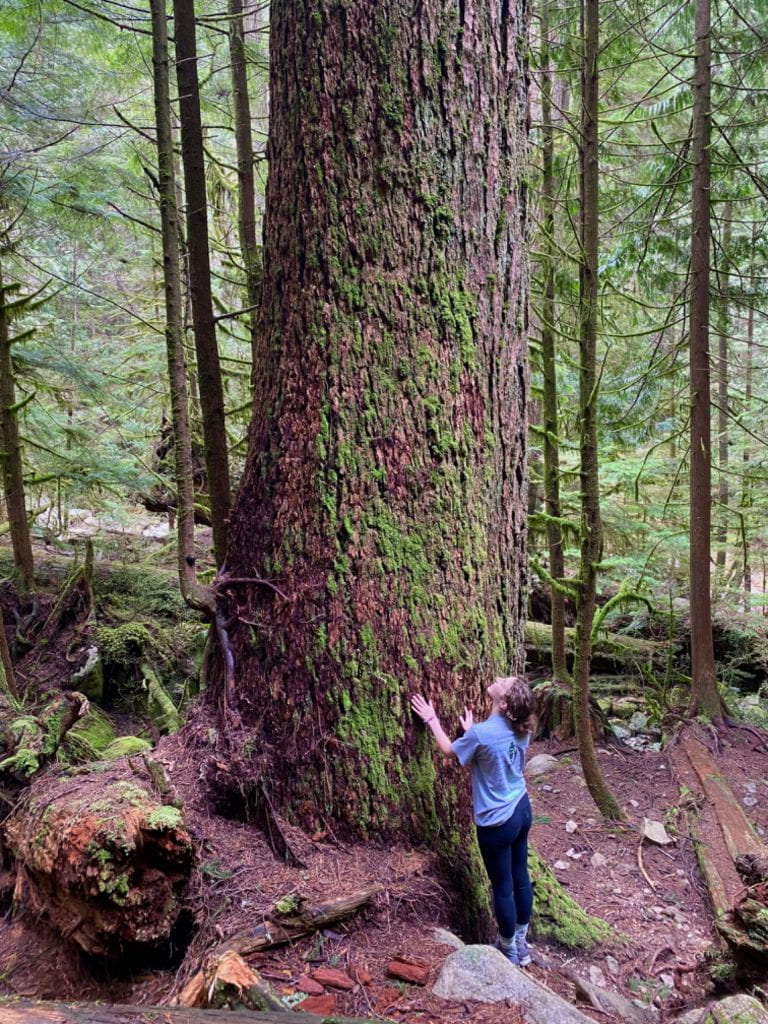Have you ever wondered what shaped and made the world we live in today? Well in our latest Humanities project we looked into just that. We looked into what occurred after WW2 that helped shape the Canada we know and live in today. We also looked into what has occurred after the war locally in North Vancouver. Our end product was creating a zine for a local museum, MONOVA, where it would be published.
Our first step was finding a topic we were interested in and thought was significant towards our community after WWII. For me that was our forest around us, and specifically our old growth. I have loved the forest my whole life and have been so lucky to grow up with it all around me. That’s why this topic came to me so easy, I would be able to research on something I was actually interested in.
In order to write our zine, a lot of research was needed to be done. Research is not one of my favourite things and I often procrastinate a lot when it comes to getting it done. Even when it’s about something I actually am quite interested in, like old growth. I found with this project I didn’t procrastinate as much as I usually do when it comes to research, and I found a lot of the information I was learning very interesting. Like, did you know that there were no rules on what trees you could cut down until 2017, and in 2020 they changed so that less trees were protected.
Once I had my research done we came to the planning part and finding a thesis. I think this was the hardest part for me. I knew I was really interested in the old growth trees and the forest around us, but not how I could turn that into multiple paragraphs, and I was unclear what the message of it would be. It only started to really click after, yes a lot of staring at my screen and thinking, but when I started to talk to people about it. I was able to talk through my ideas and get feedback, hearing myself say everything out loud allowed me to better understand what I was trying to convey. Even though I couldn’t see it in my head and write it down, I was able to talk about these trees and how I care about them and come up with a thesis statement that matched everything I was talking about. My thesis statement I came up wth was, Old growth forest have been a resource that Canadians and residents of the North Shore have been exploiting for years. It is becoming increasingly important to protect them. Once I had this, it was much easier to continue landing my zine and the structure of my writing.
The best part of this project was getting to actually design the zine. I was able to add my own photos that I had taken recently on a hike I went on. I even like formatting everything, and picking out quotes from the text I had written.
Overall I actually really enjoyed this project. I really liked how we got to chose our topic, for me it made it so much more personal and I was a lot more interested in everything I was doing. To answer the driving question, a lot of significant developments happened after WWII, as you can see by the number of topics my class did. If we look just at the topic I chose, it was significant development in the way we view our forest. For a long time it was seen by majority of people as a resource ready to be harvested. Now, many people see it as something to go out and enjoy. Across Canada and in North Vancouver there are wonderful forests that people enjoy visiting every day, and that we need to try and preserve their beauty.


